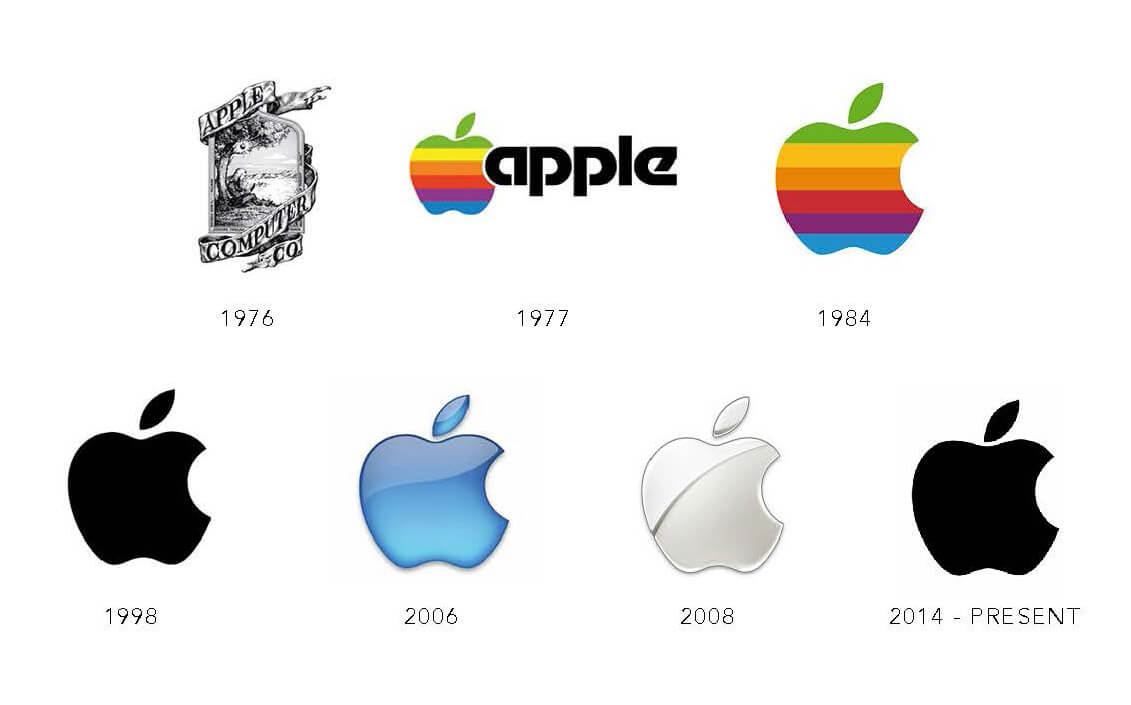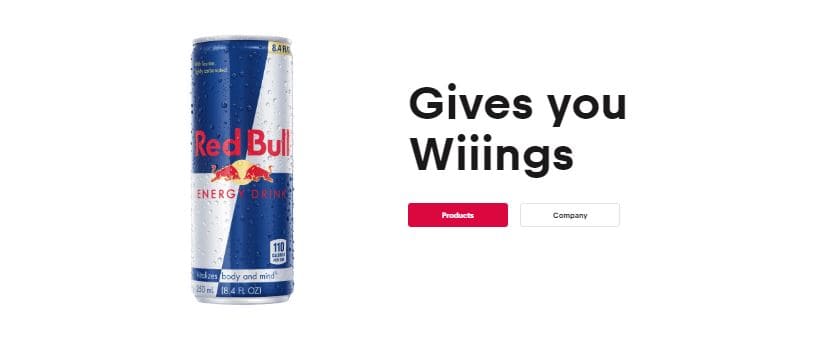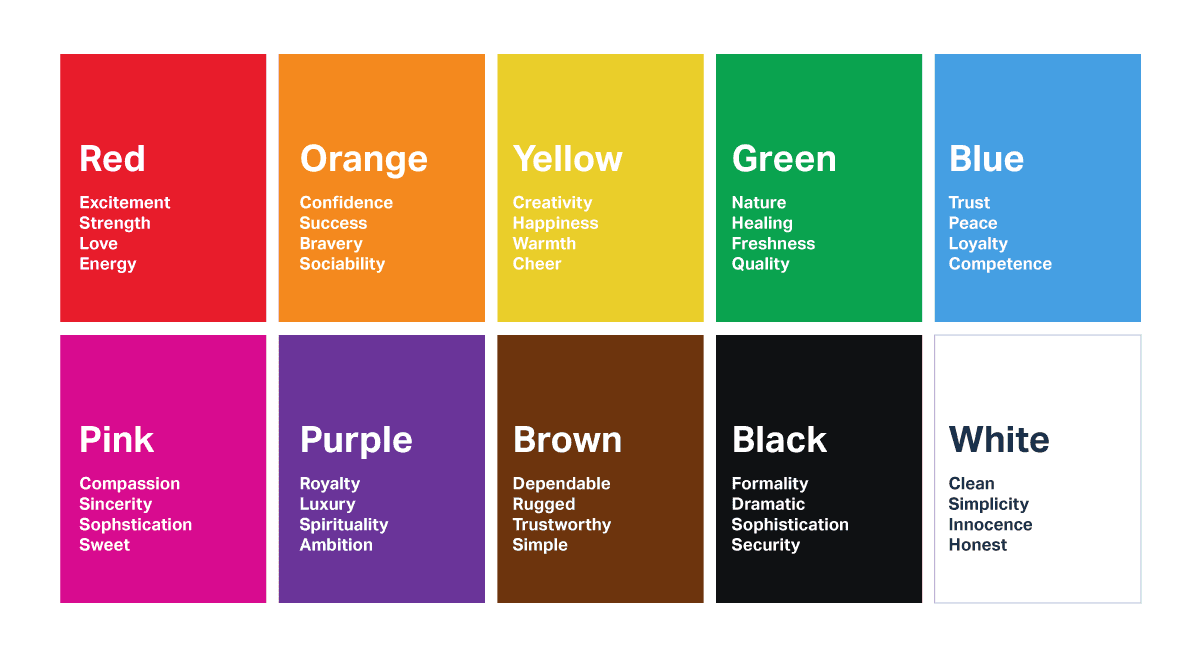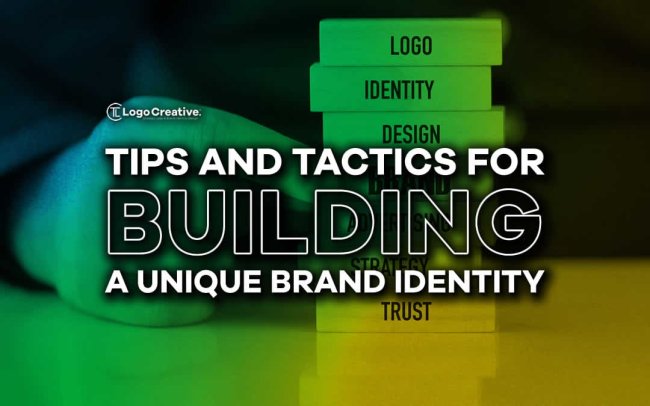In a world where it seems like every business has the same logo, website, and marketing strategy, it can be tough to create a unique brand identity for your company. But don’t worry, we’re here to assist you! In this article we share Tips and Tactics for Building a Unique Brand Identity.
In this blog post, we will discuss some tips and tactics that you can use to create a truly unique brand identity. So read on and learn how to set yourself apart from the competition!
Table of Contents
What Is a Brand Identity?
A brand identity is the visual representation of a brand that is used to communicate a company’s message to its audience. The components of brand identity include the name, logo, colour palette, and typography. Together, these elements create a consistent look and feel that can be recognized by consumers.
Brand identity differs from brand image, which is the way a brand is perceived by its audience. Brand identity is created by the company, while a brand image is created by the consumers. Great first step is choosing the right name, where you can use AI business name generator.
Strong and Unique Brand Examples
Now that we’ve talked about what a brand identity is, let’s take a look at some examples of brands that have created strong and unique identities.
Apple is one of the most well-known brands in the world, and its brand identity is an important part of its success. Apple’s logo is simple and recognizable, its products are always clean and minimalist and its marketing is sleek and modern. All of these elements work together to create a strong and unique brand identity.

Another great example of a unique brand identity is Nike. Nike’s logo is one of the most iconic in the world, and its products are always high-quality and cutting-edge. They also have a very strong social media presence, which allows them to connect with their consumers on a personal level.
These are just two examples of brands that have been able to create unique identities. If you just open a newspaper and look at all the different ads, you’ll see that there are many other brands that you recognize immediately just based on their visual identity.
Different Brand Identities for Different Brands
There are many types of brands, from corporate brands to startup companies, and each one has a unique identity.
Here are some examples of different types of brands and how they can create a unique identity:
Product Brands
If your company’s main objective is to sell products, then your brand identity will be focused on those products. For example, if you sell clothing, your logo and marketing materials will likely feature models wearing your clothes. If you sell food, your packaging and advertising will highlight the taste and quality of your food.
When it comes to product brands, it’s important to focus on what makes your products unique and different from the competition. What can you offer that no one else can? Why should consumers buy from you instead of the other guy?
Neal Taparia, who runs solitaire games site Solitaired.com, explains, “When we launched our card game platform, we knew there was a lot of competition in the space. We knew it was better to be marginally better than other players. As a result, we focused on creating an educational angle to our brand, and now thousands of users come to play our games daily.”
Service Brands
If your company provides services rather than products, then your brand identity will be focused on those services. For example, if you’re a law firm, your logo might feature a gavel or scales of justice. If you’re an accounting firm, your logo might feature a calculator or money bags.
Branding a service can be tricky because it’s often hard to visually represent a service. That’s why it’s important to focus on the benefits that your services provide.
What makes your services unique and different from the competition? Why should consumers use your services instead of someone else’s?
Lifestyle Brands
Lifestyle brands are companies that sell products and services that are associated with a certain lifestyle. For example, if you’re a luxury car company, your brand identity will be focused on wealth and success. If you’re a fitness company, your brand identity will be focused on health and wellness.

With lifestyle brands, your message is just as important as your visuals. You need to be able to communicate the lifestyle that your brand represents, and why it’s something that consumers should aspire to.
What is your brand’s message? What lifestyle does it represent? Why should consumers aspire to that lifestyle?
Corporate Brands
If you’re a large corporation, then your brand identity will be focused on trust and dependability. For example, banks and insurance companies often use blue in their branding because it symbolises trustworthiness.
In the case of corporate brands, it is essential to focus on the company’s values. What do you stand for? What are your core objectives?
Personal Brands
You must have heard of Tony Robbins or Oprah Winfrey – these are examples of personal brands. A personal brand is built around a single person, rather than a company. If you’re planning to build a personal brand, your branding will be focused on your personality and values.
If you have a coaching business for single moms, for example, your branding might highlight the fact that you’re a mother yourself and that you understand the challenges that single moms face. This will create a connection with your target audience and make them more likely to use your services.
These are just a few examples of different brands and how they can create a unique identity. Now let’s dig deep into some tips and tactics that you can use to create a unique brand identity for your business.
How can you Develop a Unique Brand Identity?
Now that you know which different types of brands exist, let’s move on to the next step: thinking about your brand identity.
Let’s iterate: your visual brand identity is the combination of colours, fonts, and other design elements that you use to communicate your brand message. When done right, it helps customers to quickly and easily identify your brand, and it conveys the unique personality of your business.

So how do you go about creating a visual brand identity that works for your business? Here are a few steps to get you started:
- Define your brand message. What are the core values that you want to communicate? What makes your business unique? Answering these questions will help you zero in on the right design elements for your visual brand identity.
- Do some research. Look at what other businesses in your industry are doing with their visual branding. You don’t want to copy them, but it can be helpful to see what style elements are popular and what trends are emerging.
- Find a good designer. Once you have a clear idea of what you’re trying to achieve, it’s time to find someone who can help turn your vision into reality. Look for a designer who has experience creating visual identities for businesses in your industry.
- Be consistent. Once you have your visual brand identity, it’s important to use it consistently across all of your marketing materials. That way, customers will start to associate those colours, fonts, and other design elements with your brand, and they’ll be more likely to remember you when they need something that you sell or offer.
Grab a piece of paper or a whiteboard, or open up a blank document on your computer. It’s time to start brainstorming your unique brand identity!
What colours do you want to use? What style of fonts? What design elements will convey your brand message in the most effective way possible?
Don’t be afraid to experiment – you can always change your mind later if you don’t like what you’ve come up with. The important thing is to start somewhere and get the creative juices flowing.
When you’re done, you should have a good idea of what your visual brand identity will look like. Now it’s time to start putting it all together!
Here are some examples of what a unique brand identity could look like:
- A luxury skincare brand that uses black and gold in its branding
- A hipster coffee shop that uses vintage fonts and rustic design elements
- A modern furniture store that uses clean lines and bright colours
- A florist that uses pastel colours and romantic fonts
Now, these are simplified examples – in reality, your visual brand identity will be much more complex and nuanced. But hopefully, they give you an idea of the kind of thing you’re going for. After you have done your brainstorming, the best practice is to turn to a professional and ask for help to fine-tune your ideas and turn them into a reality.
Wrap Up
Now that you know what a brand identity is and why it’s important, it’s time to start developing your own.
If you feel like nothing is standing out to you, don’t worry! Unique brand identities can come from the most unlikely places.
The important thing is to start thinking about which design elements will best convey your brand message and make your business memorable. With a little bit of creativity and some help from a professional, you’ll be well on your way to creating a truly unique brand identity.
You can check out our portfolio of logos here and see if you can find some inspiration!
Join The Logo Community
We hope these Tips and Tactics for Building a Unique Brand Identity have been helpful. If you would like more personal tips, advice, insights, and access to our community threads and other goodies, join me in our community. You can comment directly on posts and have a discussion.
*TIP – We use and recommend DesignCuts for all your fonts, mockups and design bundles.


Author bio
Oscar Rodriguez is a passionate content marketer, investor and software enthusiast. In his personal blog OssieRodriguez.com, he writes about building online influence and different business models.

